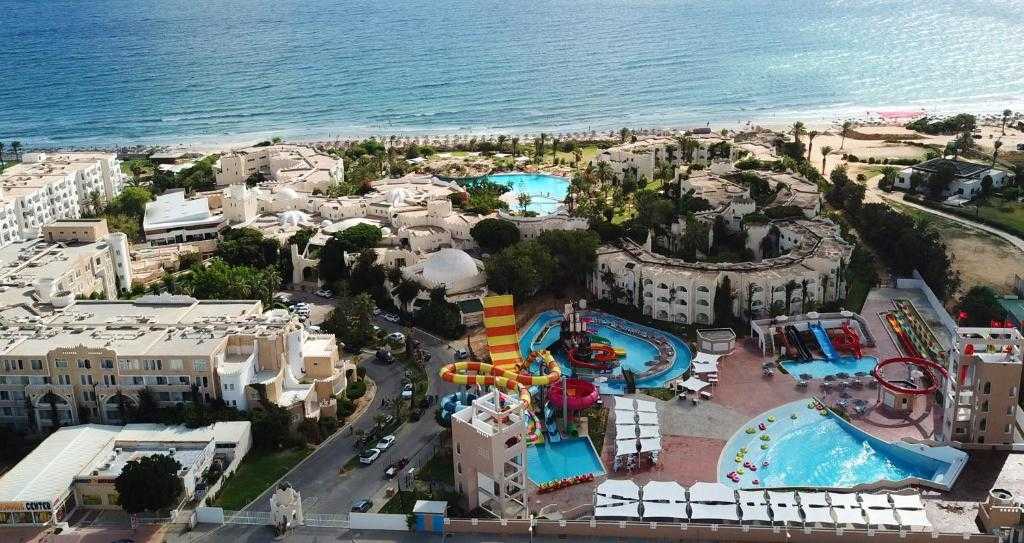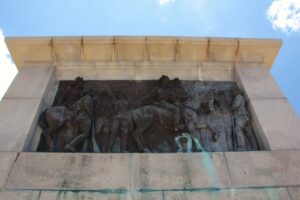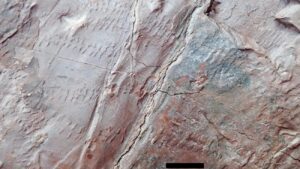Best Activities for Tourists in Mahdia
Mahdia, a charming coastal town in Tunisia, is a hidden gem that offers a blend of history, culture, and stunning beaches. Known for its rich heritage and serene atmosphere, Mahdia is a perfect destination for those looking to explore Tunisia beyond the usual tourist spots. Whether you’re a history buff, a beach lover, or someone who enjoys exploring local culture, Mahdia has something for everyone.
Exploring the Historical Sites
Mahdia is steeped in history, and one of the must-visit places is the Old Town, or Medina. The Medina is a labyrinth of narrow streets and traditional whitewashed buildings, offering a glimpse into the town’s past. The Skifa el Kahla, the ancient city gate, is a remarkable structure that dates back to the Fatimid era. As you wander through the Medina, you’ll find local shops selling traditional crafts and souvenirs.
Another historical site worth visiting is the Great Mosque of Mahdia. Built in the 10th century, this mosque is an architectural marvel with its simple yet elegant design. Although non-Muslims cannot enter the prayer hall, the exterior and the courtyard are open to visitors, providing a peaceful spot to admire the architecture.
Relaxing on the Beaches
Mahdia is renowned for its pristine beaches, making it an ideal spot for relaxation and water activities. The town’s main beach, Corniche Beach, is a long stretch of golden sand and clear blue waters. It’s perfect for sunbathing, swimming, or simply enjoying a leisurely walk along the shore. The beach is family-friendly, with shallow waters that are safe for children.
For those interested in water sports, Mahdia offers activities such as snorkeling and diving. The underwater world here is vibrant, with colorful marine life and fascinating shipwrecks to explore. Local diving centers provide equipment and guided tours for both beginners and experienced divers.
Immersing in Local Culture
To truly experience Mahdia, immerse yourself in the local culture. Visit the weekly market, or souk, held every Friday. It’s a bustling place where you can find everything from fresh produce to handmade crafts. It’s a great opportunity to interact with locals and try some traditional Tunisian snacks.
Don’t miss the chance to taste Mahdia’s culinary delights. The town is famous for its seafood, and many restaurants offer freshly caught fish and seafood dishes. Try the local specialty, “brik,” a delicious pastry filled with egg and tuna, often served as a starter.
A Bit of History and Interesting Facts
Mahdia was founded in the 10th century by the Fatimids and served as their capital for a brief period. Its strategic location made it an important port and a center for trade and commerce. Over the centuries, Mahdia has been influenced by various cultures, including the Romans, Byzantines, and Ottomans, each leaving their mark on the town’s architecture and culture.
An interesting fact about Mahdia is its connection to the legendary pirate Dragut, who used the town as a base in the 16th century. His legacy is still remembered in local folklore and adds a touch of intrigue to the town’s history.
Getting There and Tips for First-Time Visitors
Mahdia is easily accessible from Tunis, the capital of Tunisia. The most convenient way to reach Mahdia is by train, with regular services running from Tunis to Mahdia. The journey takes about four hours and offers scenic views of the Tunisian countryside. Alternatively, you can take a bus or hire a car for a more flexible travel experience.
For first-time visitors, it’s helpful to know that Mahdia is a relatively small town, and most attractions are within walking distance. The local currency is the Tunisian dinar, and it’s advisable to carry some cash for small purchases, as not all places accept credit cards. English is not widely spoken, so learning a few basic phrases in French or Arabic can enhance your experience.
Mahdia is a safe and welcoming destination, but like any travel spot, it’s important to stay aware of your surroundings and respect local customs. Dress modestly, especially when visiting religious sites, and always ask for permission before taking photos of people.








